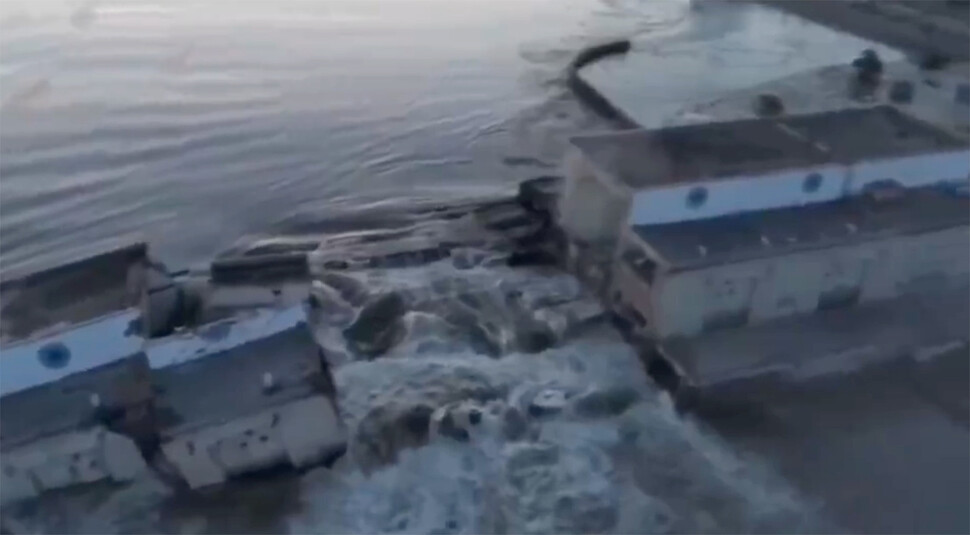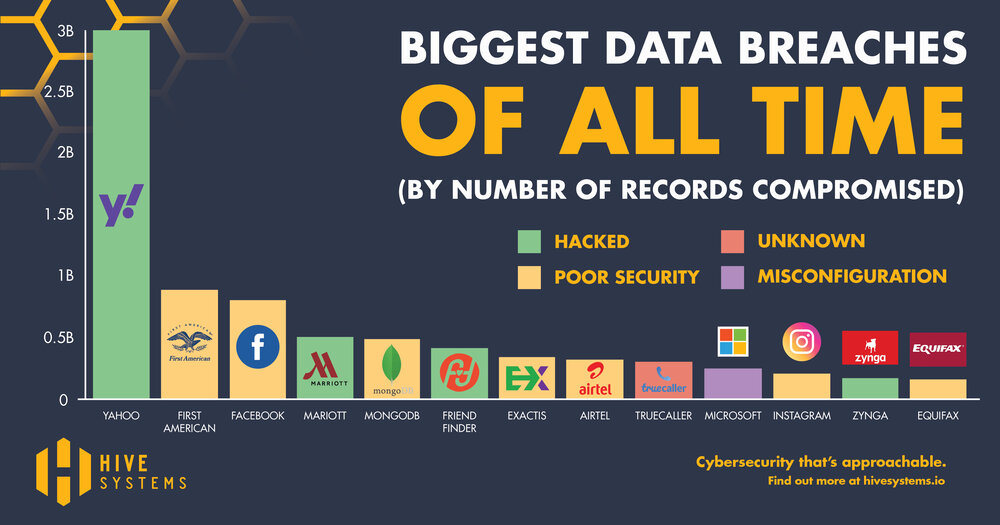Urgent Evacuation: Swiss Alps Livestock Moved Due To Landslide Danger

Table of Contents
The Imminent Landslide Threat in the Swiss Alps
The Swiss Alps, renowned for their breathtaking beauty, are also a region of inherent geological instability. Recent weeks have seen a significant increase in landslide risk due to a confluence of factors. Heavy rainfall, coupled with accelerated snowmelt from unusually warm temperatures, has saturated the soil, destabilizing already precarious slopes. This increased water saturation has weakened the earth's ability to support its own weight, dramatically increasing the likelihood of landslides.
Specific locations affected include the Bernese Oberland and Valais regions, areas known for their steep terrain and extensive alpine pastures. The threat is not limited to one type of geological instability; experts are warning of the potential for both large-scale mudslides and smaller, yet equally dangerous, rockfalls.
- Mountain ranges impacted: Bernese Oberland, Valais, parts of Graubünden.
- Types of geological instability: Mudflows, rockfalls, debris flows.
- Expert opinions: Leading geologists have described the situation as "extremely serious" and "potentially catastrophic" if preventative measures are not taken.
The Evacuation Process: Safely Moving Livestock from Harm's Way
Moving thousands of livestock across challenging alpine terrain presented a significant logistical hurdle. The operation required seamless coordination between local farmers, regional authorities, and emergency services. Helicopters were deployed for particularly inaccessible areas, while trucks and trailers facilitated the evacuation of animals from lower-risk zones.
The speed and efficiency of the evacuation were crucial, requiring around-the-clock efforts. Farmers, many of whom had to leave their homes, worked tirelessly alongside rescue teams. Temporary shelters have been set up to provide safe housing for the displaced animals until the threat subsides.
- Number of animals evacuated: Approximately 3,000 head of livestock (cows, sheep, goats).
- Timeframe of the evacuation: The evacuation spanned several days, working against the clock to ensure animal safety.
- Challenges encountered: Difficult terrain, weather conditions, ensuring animal welfare.
- Temporary housing solutions: Temporary barns and grazing pastures have been prepared.
Impact on Farmers and the Local Economy
The urgent evacuation has had a profound impact on the local farming community. Farmers face significant financial losses due to disruption to their operations and the costs associated with relocating and caring for their livestock. The disruption to milk and meat supplies also affects the regional economy, potentially impacting local businesses and tourism.
While some government aid programs are in place to assist affected farmers, the long-term economic consequences are still being assessed. The need for adaptable farming practices, robust insurance schemes, and further government support are critical for the future resilience of the alpine farming sector.
- Estimated financial losses: Millions of Swiss Francs in lost productivity and additional evacuation costs.
- Government assistance programs: Emergency funding and subsidies are being made available to affected farmers.
- Long-term effects on farming practices: The need for reassessment of pastureland risk and adaptive farming techniques.
Environmental Concerns and Long-Term Solutions
The landslide threat extends beyond the immediate impact on livestock and farmers. Potential damage to delicate alpine ecosystems and water sources is a major environmental concern. Landslides can lead to habitat loss, soil erosion, and water contamination, impacting biodiversity and water quality.
Long-term solutions involve a multi-faceted approach, incorporating improved land management practices, early warning systems, and extensive monitoring of unstable slopes. Investment in research and technological advancements is also crucial in improving landslide prediction and mitigation techniques.
- Environmental impact assessment: Ongoing studies to determine the full environmental extent of the landslide threat.
- Long-term solutions for landslide prevention: Reforestation, improved drainage systems, slope stabilization techniques.
- Future monitoring plans: Enhanced monitoring systems using satellite imagery and ground-based sensors.
Conclusion: Urgent Evacuation and the Future of Swiss Alps Farming
The urgent evacuation of livestock in the Swiss Alps underscores the devastating consequences of increasing landslide risks. The situation highlights the challenges faced by farmers, the impact on the local economy, and the wider environmental implications. Swift action and collaboration between farmers, authorities, and rescue organizations saved thousands of animals, but the event serves as a stark reminder of the need for proactive measures to mitigate future risks. To learn more about landslide safety in the Swiss Alps, support affected farmers, or contribute to landslide mitigation efforts, please visit [link to relevant organization/website]. Preventing future evacuations in the Swiss Alps requires a collective effort and a commitment to preparedness and sustainable land management. Let's work together to protect this precious landscape and its inhabitants from future Swiss Alps livestock evacuations.

Featured Posts
-
 T Mobile Penalty 16 Million For Years Of Data Breaches
May 23, 2025
T Mobile Penalty 16 Million For Years Of Data Breaches
May 23, 2025 -
 Cobra Kais Karate Kid Legacy A Showrunners Perspective
May 23, 2025
Cobra Kais Karate Kid Legacy A Showrunners Perspective
May 23, 2025 -
 Billie Jean King Cup Kazakhstan Triumphs Over Australia
May 23, 2025
Billie Jean King Cup Kazakhstan Triumphs Over Australia
May 23, 2025 -
 Piastris Stunning Bahrain Gp Pole Position
May 23, 2025
Piastris Stunning Bahrain Gp Pole Position
May 23, 2025 -
 Pete Townshend Sets The Record Straight Zak Starkey Staying With The Who
May 23, 2025
Pete Townshend Sets The Record Straight Zak Starkey Staying With The Who
May 23, 2025
